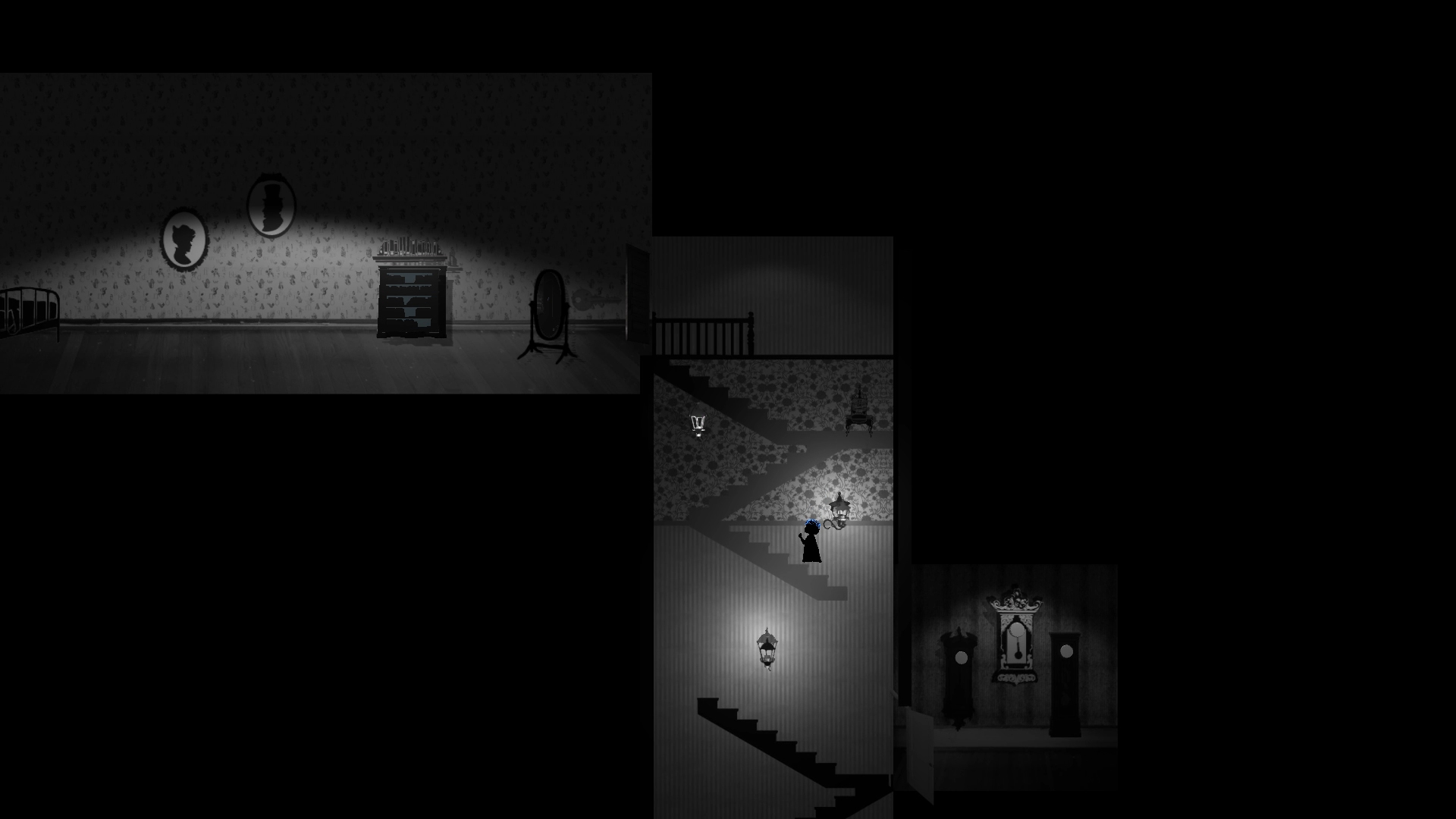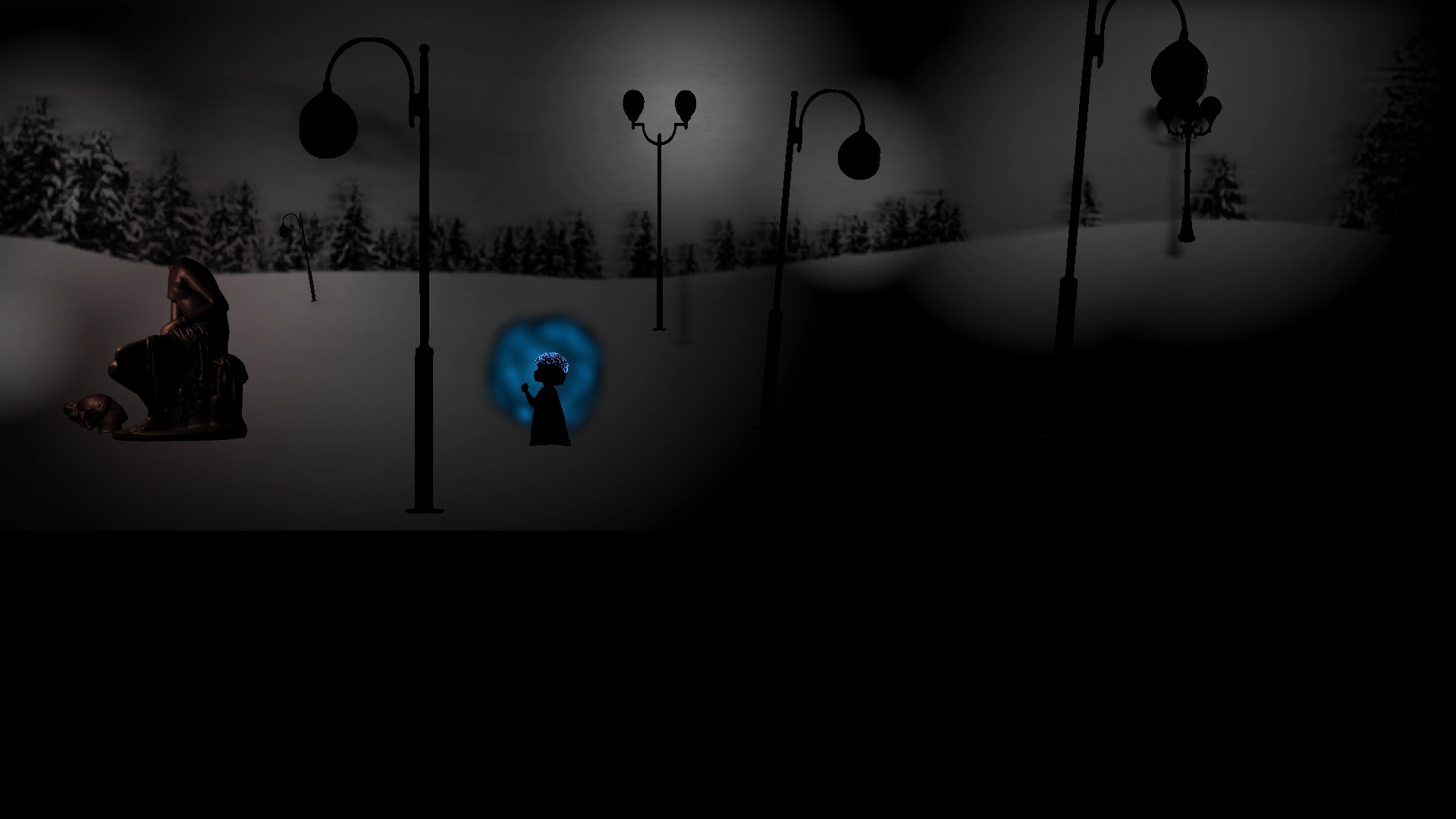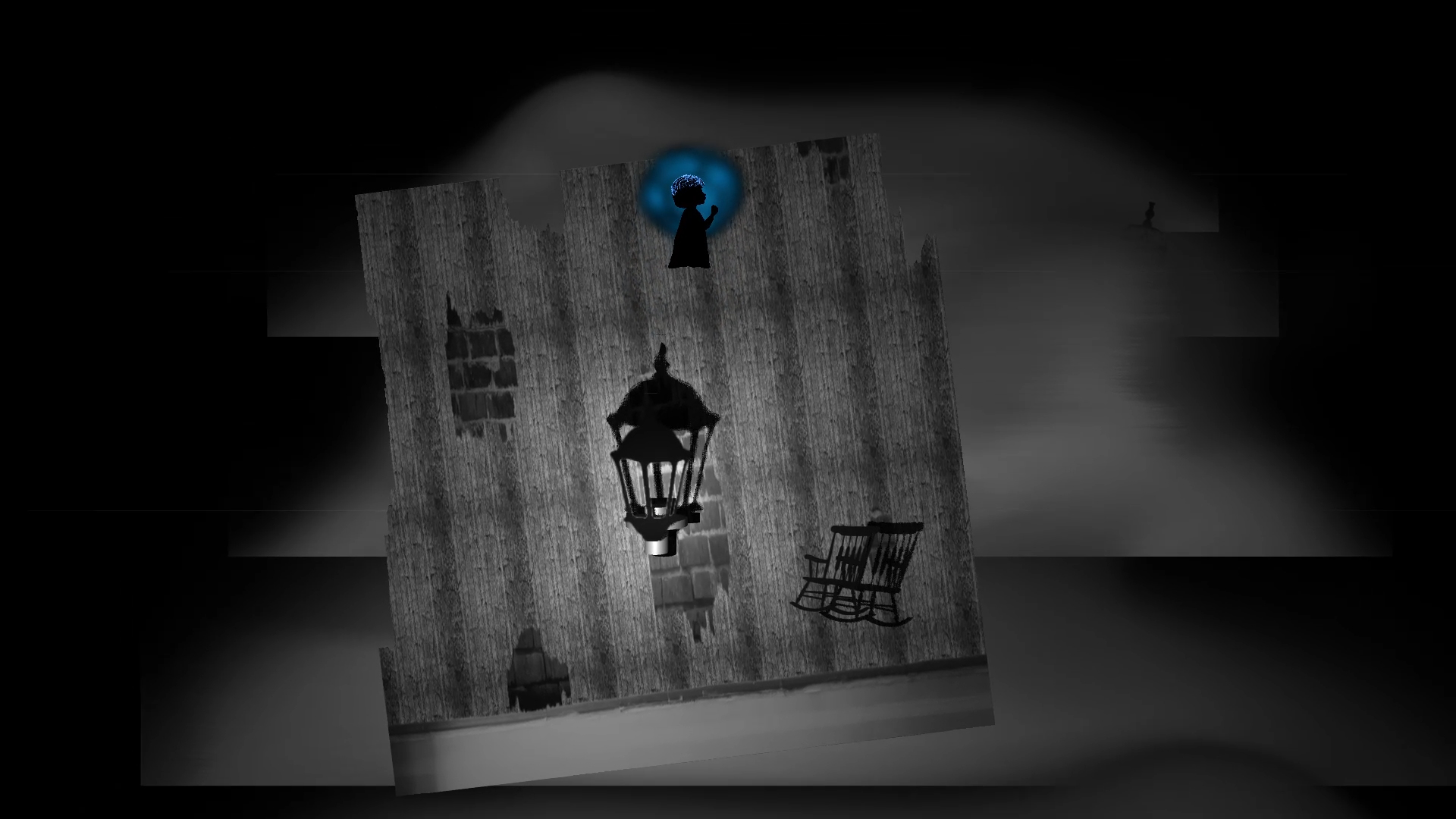Title: Pick-Me-Up Games
Statement: Elevators have long been uniquely liminal spaces with their own social customs. A variety of researchers have focused their work on these tiny moving boxes, and come to conclusions which would surprise very few: the elevator is a place where personal space is scarce, conversation is forbidden, and the sensation of waiting can border on the excruciating.
Most of this collection of mini-games are adaptations of existing well-known activities, re-contextualized to make use of the elevator’s limited time and space and aimed at upending existing elevator conventions and transforming the lift from an anxiety-saturated metal box into a joyful, social, and entertaining playground.
Research: As a part of our research process, we investigated a number of studies into elevator psychology in the attempt to pinpoint and ultimately upend established elevator social conventions. These studies and reports on their outcome include: Why We Behave So Oddly In Elevators (NPR), Five things elevators teach us about design, psychology and hats (Medium), How to find your Minimum Viable Cat (Medium), Psychology Behind Where You Stand When You Get In An Elevator (Bit Rebels), Elevator Groupthink: An Ingenious 1962 Psychology Experiment in Conformity (Brain Pickings), and Why Do We Behave So Oddly in Lifts? (BBC).
Process & Observation: We started off by wanting to create an elevator photo booth, the idea behind this was a short activity to activate the elevator as a social space. We then shifted the ‘Elevator Experience’ to be more game-like instead of just being an interaction or experience.
We tested a series of existing and re-contextualized and original games and discovered the following:
Existing, simple games work better if the games are designed to be fun for whomever enters the elevator, but games that are made with us as the target audience required more complexity. The existing games worked better than original ones we came up with for random elevator riders because instruction time is very limited and existing games were instantly understood and embraced. The games that we needed to explain (rather than just say the title of, such as Hot Potato) took up too much of the elevator ride time.
We also played around with how we worded our requests. We experimented with asking people to play by saying “Do you want to play___”, “We’re playing ___, [instruction for user]” and just “[instructions]”.
People were more eager (at least in tic-tac-toe) to play when it was just them. At one point during Hot Potato, there was someone who was adamant about not being filmed and not playing. After they spoke up, the social atmosphere was negative and no one else wanted to interact with us.
Iteration:
Play Test 1- Hot Potato
Instructions: “We’re playing hot potato, if you’re holding it when the door opens, you lose.”
We started with playing Hot Potato. Initially we played with a water bottle, then an empty water bottle, then a rolled up pair of gloves. Whoever had the object when the door opened, lost.
People were pretty involved in this one, as they had to actively catch and toss the hot potato object around. It doesn’t work when too many enter the elevator or when people entered with drinks in hand. It had polarized reception, most people seemed to enjoy the experience, but some people said they didn’t want to play.
Play Test 2 – Speed Hangman
Instructions: ”We’re playing hangman. Every time the floor dings, you lose a body part, but you don’t lose any for guessing the wrong letter.”
A blank poster was hung in the elevator with the initial hangman picture and blank spaces. When someone walked in, we would try to get them to guess the word before they got off. At every floor we hit, we would add one more body part to the hangman (no parts were added for missed letters).
This was also quite successful, and multiple people opted to miss their floor in order to guess the word.
Play Test 3 – Speed Tic-Tac-Toe
Instructions: “Try to get as many wins as you can before you reach your floor.”
A poster with several Tic-Tac-Toe boards was taped to the elevator. When someone walked into the elevator, we asked them to play Speed Tic-Tac-Toe with one of us.
Multiple people who started this got really involved and excited about it, and were very competitive, even going so far as to actively ignore their floor when the elevator reached it in favor of playing more rounds. People responded to this very well since it didn’t require more than a second of explanation and it’s a game everyone is familiar with.
Play Test 4 – Elevator Corner
Instructions: This was a game for us to play, When someone enters the elevator, try to subtly move around in a way that encroaches on their personal space and gets them to actively move into the corner of our choosing.
This didn’t work out. Our initial idea was to try to subconsciously get people to move to a designated spot in the elevator. We didn’t account for what to do when multiple people entered, and it just wasn’t fun for us to play since we all felt uncomfortable in trying to herd people across the floor.
Play Test 5 – Elevator Pitch
Instructions: “Pick a name from the bucket, show it to us but don’t look, we’ll each give you a single hint and you have to guess who it is.”
This game was somewhat successful, but no where near as fun as the previous ones we tried. Sometimes people didn’t quite understand the rules from our initial pitch and looked at the name, or they had to ask if the hints were allowed to be obvious. By the time they understood, sometimes we were already at their floor. It was also sometimes too easy to guess, making it a less satisfying game to play.
Play Test 6 – Pick a Poster
Instructions: “Pick a poster, then give us hints and we have to guess which one you’re thinking of.”
We tried this once, but it was not successful. It took the entire ride for the player to choose a poster and once he picked he didn’t remember what he was supposed to do. We decided this required too much decision on the part of the player instead of just reaction and went back to Elevator Pitch. This furthered our realization that if the game is designed for whomever enters the elevator to play, the instructions need to be very minimal, and we can’t waste time in having them make a decision or a choice.
Documentation:




